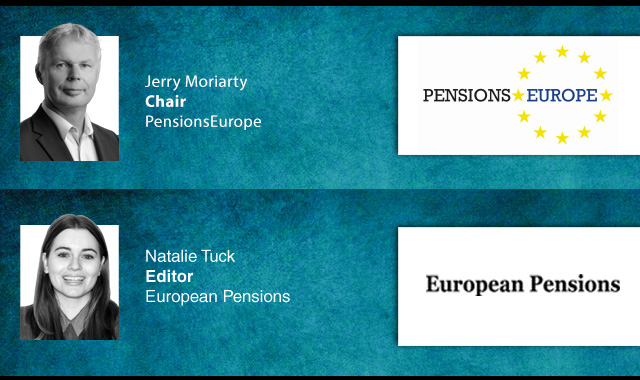Strong equity markets at the end of summer helped push Finnish earnings-related pension assets to €279bn by the end of September, according to new figures from the Finnish Pension Alliance (Tela).
The sector’s assets grew by €7bn during the third quarter alone.
Despite a year marked by geopolitical uncertainty and trade tensions, investment performance remained robust. Earnings-related pension assets delivered a 4.4 per cent nominal return in January–September, with a 4 per cent real return after inflation, Tela chief economist, Mikko Mäkinen, said.
Public debate has continued this year over whether pension assets should be increasingly directed towards Finnish growth companies. Mäkinen noted that domestic investments have long been part of pension insurers’ portfolios and will continue to be.
“However, the starting point for investment is consideration based on the relationship between returns and risks when selecting investment targets,” he said.
At the end of September, 19 per cent, or €54bn, of employment pension assets were invested in Finland. The value of domestic investments increased by €2bn compared with June, although the overall allocation remained unchanged.
A draft government proposal on pension reform, expected to be issued for consultation in early December, would allow private sector pension insurers to take more investment risk, with the aim of strengthening long-term system financing and reducing future pressure on pension contributions.
Mäkinen said that shifting more assets into equities, which have historically outperformed other asset classes, could lead to greater volatility in returns, but pension insurers’ long investment horizons help smooth out fluctuations.
“For example, a five-year market downturn will not destabilise the system in the long term,” he said.
The reform has drawn public criticism for not adequately addressing investment risks, but Mäkinen stressed that risk management is already tightly regulated and will remain so after the reform.
“According to the law, employment pension insurers must have an adequate risk management system that covers the identification, measurement, monitoring, control, and reporting of risks.
"Solvency regulations for private sector employment pension insurers define the permissible risk level so that insurers can meet their obligations even if risks materialise. The Financial Supervisory Authority also regularly monitors the solvency and investment activities of employment pension insurers,” he said.
Another key element of the reform involves increasing funding for old-age pensions, enabling a larger share of future pension expenditure to be covered by the funds and their returns.
“This reduces pressure to raise pension contributions collected from wages in the future, which is particularly important for younger generations. Larger funds also help to better withstand poor investment years,” Mäkinen added.
For January–September, equities and equity-type investments delivered a 6.1 per cent nominal return (5.7 per cent real), fixed income returned 2.7 per cent nominal (2.3 per cent real), real estate returned 1.5 per cent nominal (1.1 per cent real), and alternative investments returned 2.3 per cent nominal (1.9 per cent real).
The long-term real return since 1997 has been 4 per cent.
Latest News
-
IAPF warns of ‘unintended consequences’ as DSP sets 3.5% minimum contribution rate
-
India overtakes China as the top emerging destination for Danish pension investments
-
Strong stock market gains lift Finnish pension assets to €279bn
-
Italian pension fund assets rise to €125bn, COVIP reports
-
News in brief: 28 November
-
Ageing populations put pressure on pension systems; 'comprehensive strategy' needed to address gender pension gap
Podcast: Stepping up to the challenge

In the latest European Pensions podcast, Natalie Tuck talks to PensionsEurope chair, Jerry Moriarty, about his new role and the European pension policy agenda
Podcast: The benefits of private equity in pension fund portfolios

The outbreak of the Covid-19 pandemic, in which stock markets have seen increased volatility, combined with global low interest rates has led to alternative asset classes rising in popularity. Private equity is one of the top runners in this category, and for good reason.
In this podcast, Munich Private Equity Partners Managing Director, Christopher Bär, chats to European Pensions Editor, Natalie Tuck, about the benefits private equity investments can bring to pension fund portfolios and the best approach to take.
In this podcast, Munich Private Equity Partners Managing Director, Christopher Bär, chats to European Pensions Editor, Natalie Tuck, about the benefits private equity investments can bring to pension fund portfolios and the best approach to take.
Mitigating risk
BNP Paribas Asset Management’s head of pension solutions, Julien Halfon, discusses equity hedging with Laura Blows
© 2019 Perspective Publishing Privacy & Cookies





Recent Stories